Published today as part of National Eye Health Week, a new YouTube video by Emily Davison, also known online as the Fashioneyesta, tells what nystagmus is and how it affects daily life.
Watch Emily’s video here.
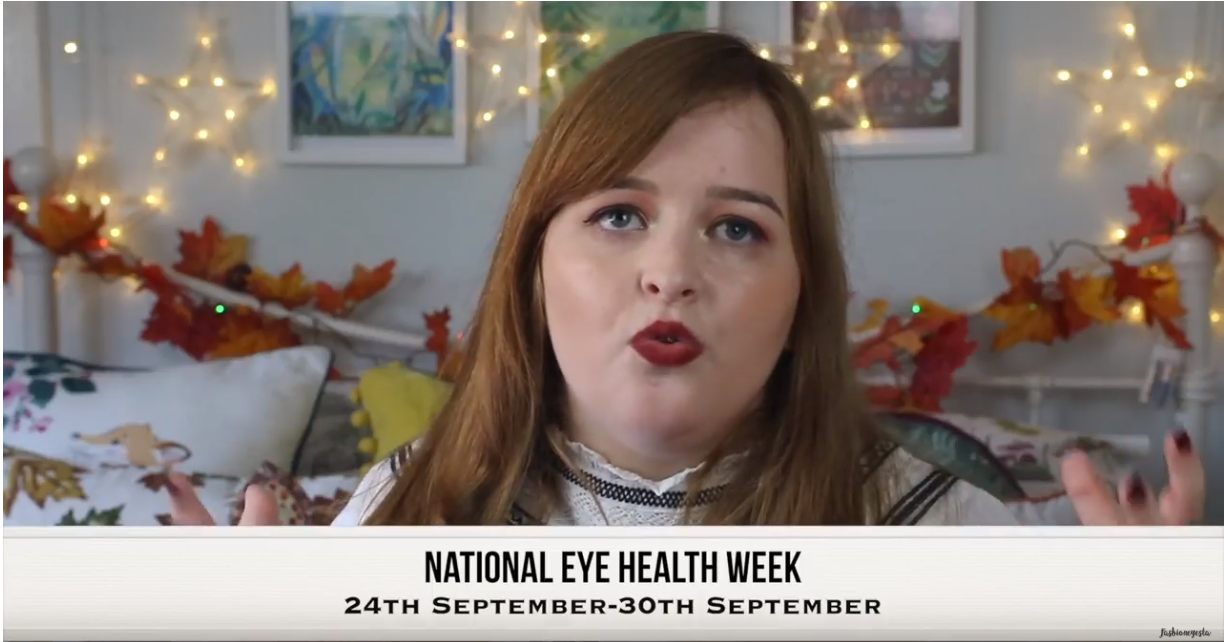
Published today as part of National Eye Health Week, a new YouTube video by Emily Davison, also known online as the Fashioneyesta, tells what nystagmus is and how it affects daily life.
Watch Emily’s video here.
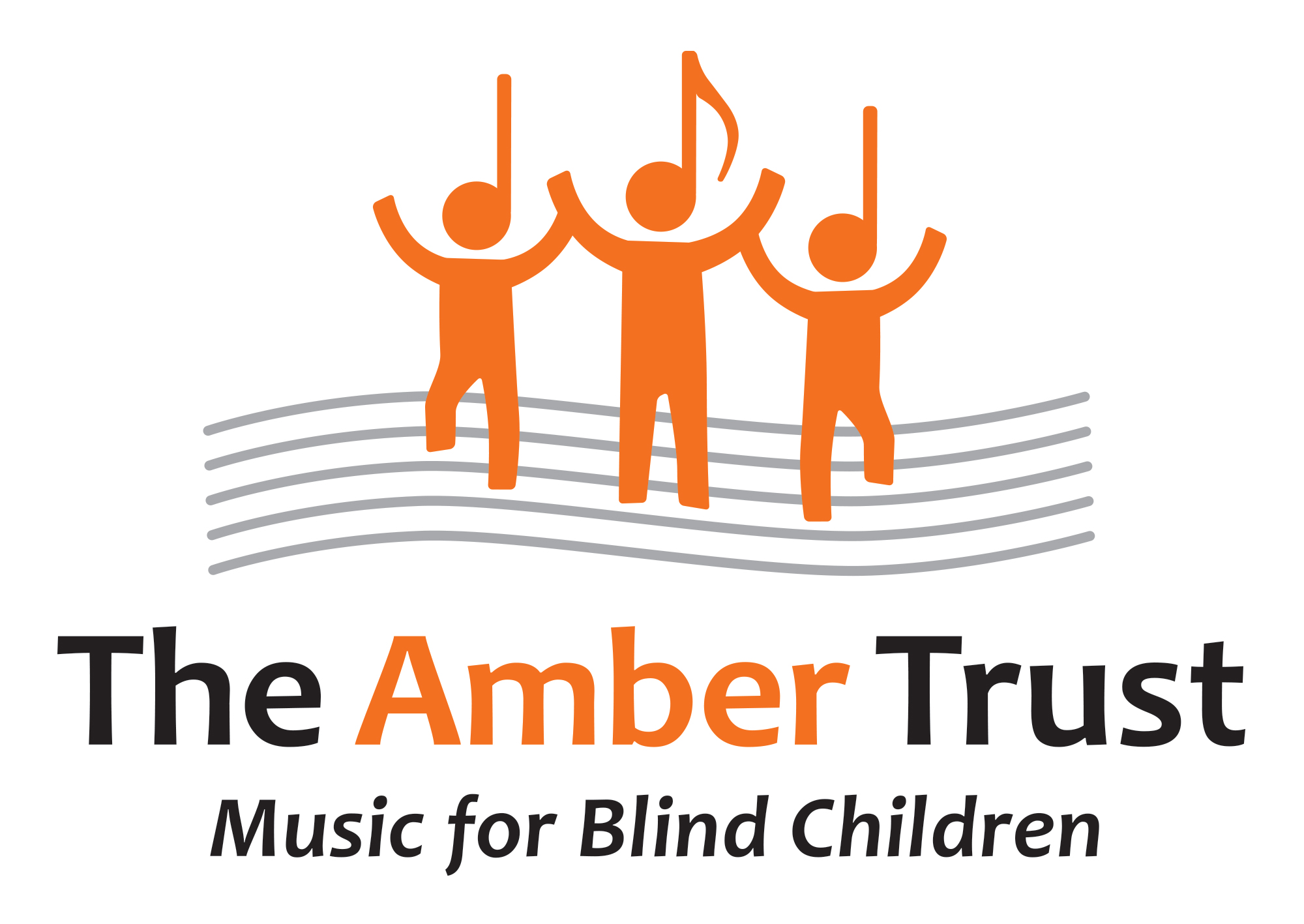
Nystagmus Network’s Rachel, writes:
Here at the Nystagmus Network we’re always looking for new opportunities for our members. Recently we came across a charity awarding grants to blind and partially sighted children for music lessons.
The Amber Trust offers grants for singing or instrumental lessons, music therapy and concert tickets to children aged 5 and over. They also offer ‘Little Amber Music Awards’ for under 5s. As a parent of 3-year-old twins with nystagmus, this was particularly interesting to me!
Both my boys have shown a keen interest in music from a very young age. They spend a large part of each day singing, playing their toy guitars and putting on ‘shows’ for their little sister.
We applied for the grant for both boys and heard back within a couple of weeks that they have been successful. We’re now very excited for their first interactive session. They’ll now receive 4 sessions a year until they turn 5, as well as some tips and suggestions for activities we can do at home in between.
We will keep you posted!
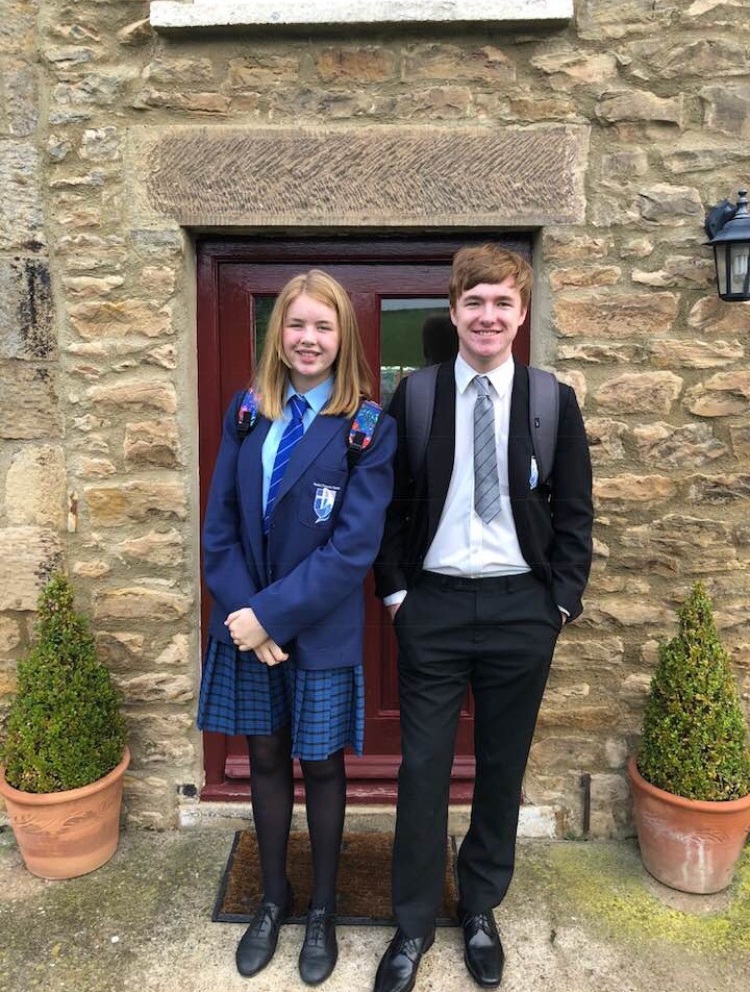
Over the summer holidays we followed Harry’s progress as he underwent the Anderson Kestenbaum procedure to address the head turn associated with his nullpoint. Today we hear from Harry’s Dad, Ian, how Harry is getting on, 4 weeks after his operation.
Ian writes:
“Harry’s eyes are now nothing but a slight irritation and, apart from eye drops 4 times a day, he doesn’t need any pain relief. Other than a bit of redness around the edges, his eyes show very little sign of the trauma they’ve been through. Harry says they’re still itchy. This is because the stitches still haven’t dissolved and they won’t until around 8 weeks post op.
“Harry’s vision is on a par with pre-op which is really pleasing. He still needs to wear glasses, but now minus the prisms.
“We attended a meeting yesterday with the consultant. 4 weeks post op he was delighted with the healing process (Harry is about 80% through the recovery) and with the results of the operation. I have to say my wife and I and, even more importantly, Harry are delighted with the outcome, too. Harry doesn’t need to see the consultant for 6 months now, so, in effect, he’s signed off.
“The photo was taken the day before his meeting with the Consultant, his first day back at school. You will see he’s looking straight at the camera.
“Even though we had taken our time and researched and thought we knew what to expect, seeing your child going through this surgery is tough. The first few days, in particular, are not nice. There’s the uncertainty over the success of the operation and the torment of seeing your child suffering (Harry was a very good patient). On the Sunday after the operation, when Harry expressed some concerns, we found it really difficult. You start doubting whether you’ve made the right decision and question whether it would have been better to leave well alone. So I don’t want to make it sound likes it’s been a walk in the park, it really isn’t. However, when you see photographs like this, with a beaming smile looking straight at the camera then it does make it feel it was worthwhile.
“Whilst this has been a roller-coaster of a journey, we’re so pleased we have done this. I also know this won’t work for everyone. I just hope Harry’s experience can help others, considering this course of action, understand just what it entails.”
The Nystagmus Network does not endorse or otherwise any particular medical treatment. We are simply sharing one family’s experience. We are grateful to Ian and Harry for sharing their story so generously with us and we wish Harry well as the new school term begins.
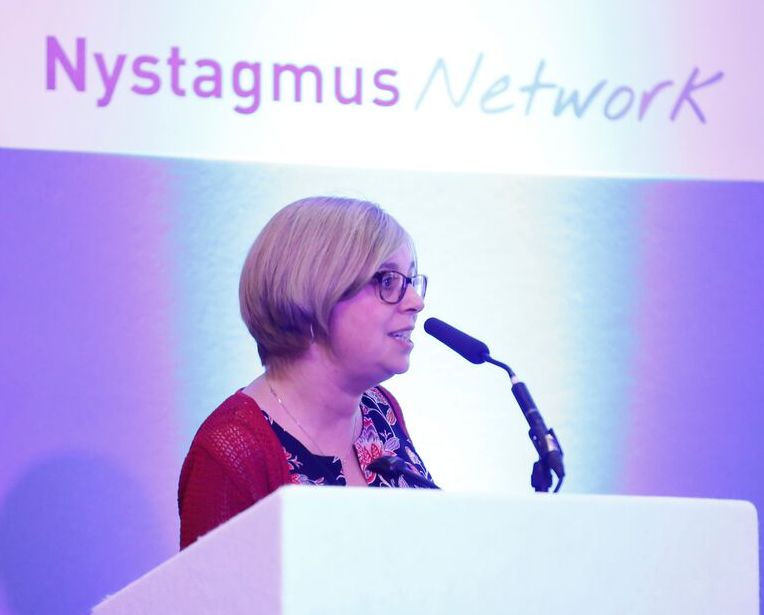
The Nystagmus Network is currently funding pioneering research at the University of Sheffield which could really help improve the quality of life of people who acquire nystagmus in adulthood.
Acquired Nystagmus is usually accompanied by oscillopsia, which means that the subject sees a moving image rather than a stable one. This is a particularly disorientating and debilitating symptom of this form of nystagmus.
Dr Helen Griffiths and her team have tapped into virtual reality technology to develop glasses which allow a patient with oscillopsia to see a stable image.
You can try the prototype at Open Day!
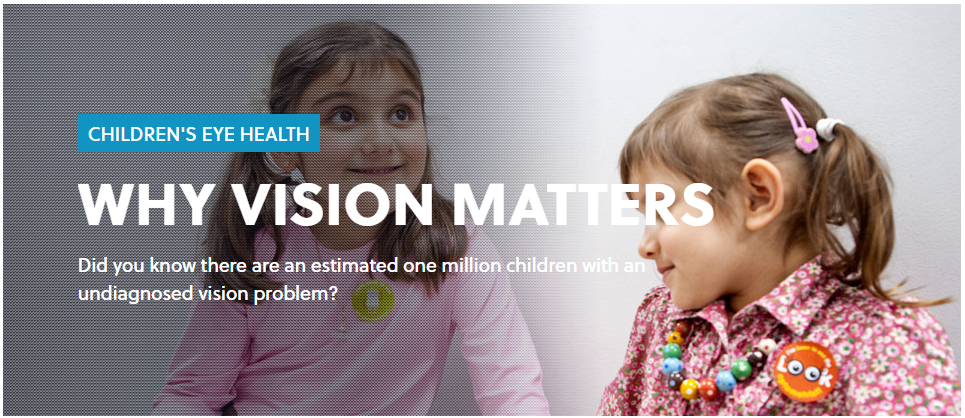
When an infant is diagnosed with nystagmus, it’s very important to ensure that the child continues to have regular sight tests and check ups to make sure that other problems with the vision are identified and treated. That’s the message coming loud and clear from a recent report by the UK Vision Strategy team.
As a parent or carer, we’re best placed to notice any early signs that things are not as they should be. These can be related to behaviour as well as more obvious indications. We also need to know about sight testing available and remember that it’s free to everyone under the age of 16.
For full details, please visit the Association of Optometrists website.
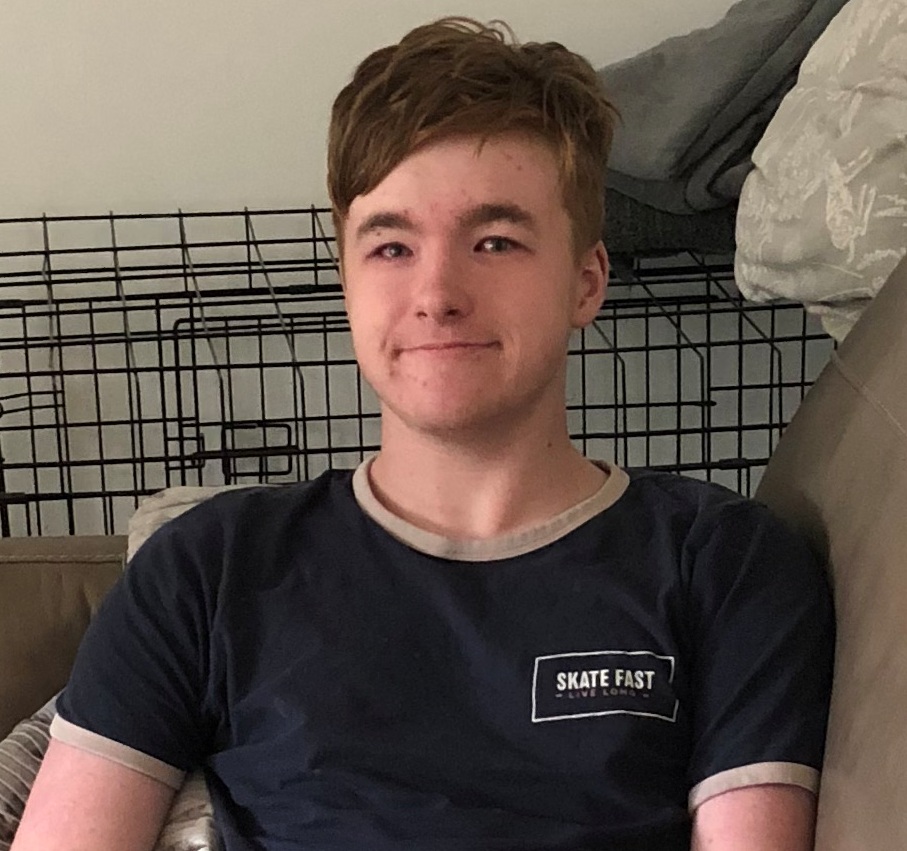
Harry and his family continue their post surgery journey.
Ian writes:
On day 7 after the op Harry is able to open his eyes for longer periods, the blurry vision is settling down and he is able to see much better. He is still having to have eye drops 4 times a day for the next month and is taking pain relief still. He is really positive about the outcome, although he is a bit bored, spending his summer holidays stuck in the house.
In terms of the pain, Harry has been really brave and coped with it well. I would say that during the first 2-3 days he has been in a lot of discomfort, particularly when trying to open his eyes. Now he would describe it as an ache and a more irritating, itchy feeling (the stitches in the eye). Trying to stop him rubbing his eyes has been a challenge.
After 13 days Harry is able to open his eyes pretty much as he did prior to the operation. The soreness around his eyes has calmed right down. He is still a little bloodshot, but his eyes look so much better than they did the first 7 days. Harry has commented that the pain (which is bearable and more of an ache) is less at the front of his eyes, but more of an internal ache from the back of the eye.
His vision is settling down and he thinks it’s now similar to pre-op, but looking straight ahead.
Harry is getting used to a change in his peripheral vision, following the change of eye position. The consultant said this is natural and his brain will retrain to adapt to this shortly.
The best news is his ‘null’ point is still there, but in the new eye position.
This is the end of Ian’s account, for the moment, of his son’s recovery from null point surgery. The family wanted to share the experience with others. Null point surgery is not for everyone. Please seek advice from your ophthalmologist. The Nystagmus Network does not endorse or otherwise any particular medical treatment. We are simply sharing one family’s experience.
We wish Harry a full recovery.

Harry has undergone the Anderson Kestenbaum procedure this summer to address his marked head turn. His Dad, Ian, has asked us to share their experiences. A few days after the operation it was time for father and son to have a chat about how things had gone.
Ian continues:
On the Sunday post operation I had a catch up with Harry and he mentioned some concerns he had about the success of the operation, which worried me, too. So I emailed the consultant on Monday morning with a list of these concerns. I wanted to be able to give Harry comfort, but I didn’t know the answers myself. The consultant immediately made us an appointment to go in to see him. He spent 20 minutes with Harry, examining him and discussing all the concerns. The outcome of this assessment was that the operation so far appears to be a huge success and the couple of concerns Harry had are just things that will settle down in time.
These are some of their concerns and responses from the consultant:
The consultant advised that this is fine. When his muscles settle down post op they will move towards the original position. In 2 months’ time we should pretty much see a straight head posture.
This is part of the new eye position. Once Harry can open his eyes properly, without pain, his eyes will naturally find their null point with his head looking forward. This is fully expected and no concern.
This again is naturally going to happen as a result of the new eye position, but, once Harry is fully using his eyes, his brain will adapt to this and he will automatically turn his head to see. In theory he had poor peripheral vision on the other side when he turned his head, so this is just something new.
Null point surgery is not for everyone. Please seek advice from your ophthalmologist. The Nystagmus Network does not endorse or otherwise any particular medical treatment. We are simply sharing one family’s experience.

Ian is sharing his thoughts and experiences as his son undergoes Anderson Kestenbaum surgery this summer to address the head turn associated with his null point.
In this post he recalls the day of the surgery:
We had to be there at 8.00am and Harry was in really good spirits. He went down to the operating theatre about 10.45am. Then it was the waiting game for my wife and me. He was wheeled in to the room from recovery around 2.00pm, much to our relief. He was very groggy still and couldn’t open his eyes, but we were hugely relieved to hear that he had opened them and had been able to see the anaesthetist standing over him. That was my first fear as a parent overcome. Could he see? Tick. Yes, he could.
Harry felt sick after the operation. Apparently that’s common for people who’ve had surgery on their eyes. He was sick around 4.00pm and also felt dizzy. At this stage they were considering keeping him in overnight. Harry hadn’t opened his eyes yet, as they were really sore. The consultant who operated on him came to the room and got Harry to sit up on the bed and look at me holding some large letters about 4-5 metres away. Harry could open his eyes only for a few seconds before they hurt too much, but, again, to our relief he was able to read what was in my hand, albeit it was a bit blurry at this stage. Even more pleasing was his head posture. Immediately it was noticeable that he was looking straight at me. No head turn. Another tick in the box and another of our fears overcome. After this he seemed to come round and we got him home that night.
His eyes were so sore to look at. He has been super brave, but we know they have been really painful for the first 2-3 days in particular. He has been able to open his eyes only for a second or two. The rest of the time he’s been lying with his eyes shut, as this is more comfortable. His eyes did look very sore. Not a sight for the squeamish.
Null point surgery is not for everyone. Please seek advice from your ophthalmologist. The Nystagmus Network does not endorse or otherwise any particular medical treatment. We are simply sharing one family’s experience.

Harry and his parents had many, many questions before finally deciding to go ahead with null point surgery. Here are just some of the questions the family asked, with the answers they received from the surgical team:
Yes. Operating on eyes in general is complicated, but when 2 eyes are to be operated on at the same time it is a complex procedure.
From going down to the anaesthetist to coming back from recovery takes about 2 and a half hours, between 1 and a half and 2 hours for the actual surgery
The null point may not be picked up again by the brain in its new position, meaning we lose the one thing Harry has to control his nystagmus.
Double vision can result from the eye realignment not being exact. Damage can occur to vision during the operation. Plus there are all the usual risks associated with surgery. In addition the consultant was keen to point out that there is a chance that we go through the surgery and, over time, Harry’s eyes move back to their original position.
Everyone is different, but expect soreness for the first couple of weeks, which will ease over time. Full and final results of head posture will be known around 2 months post op when all the swelling has settled down and the brain has worked out its best position to see.
Null point surgery is not for everyone. Please seek advice from your ophthalmologist. The Nystagmus Network does not endorse or otherwise any particular medical treatment. We are simply sharing one family’s experience.
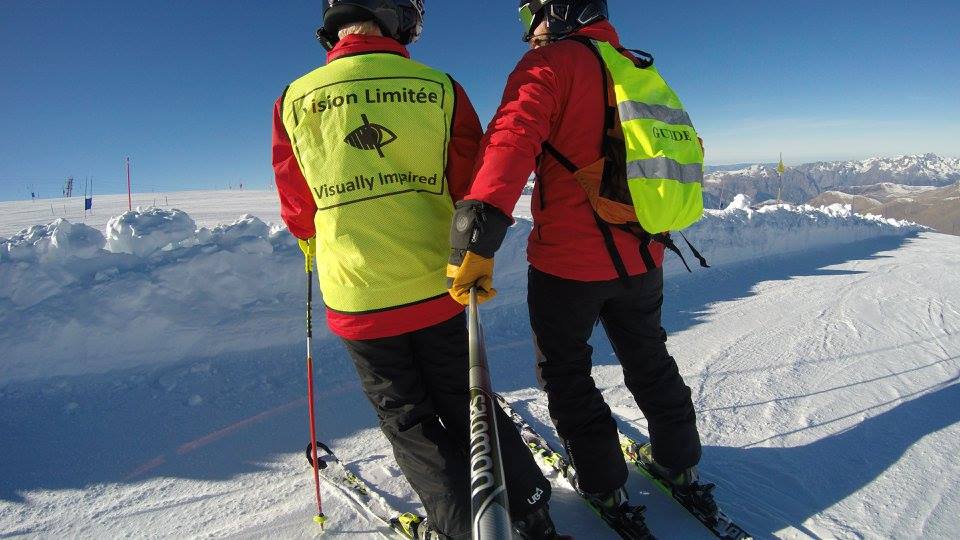
We’re delighted to confirm another opportunity to ski with the Nystagmus Network and the Outspan Rebels VI ski team.
On Sunday 26th August we will be running a two-hour ski lesson at £20 per person at Snozone, Milton Keynes.
From 2:30pm to 4:30pm we will have a beginners’ session on the starter slope and intermediates’ on the main slope.
Beginners – group lesson with Snozone qualified adaptive coaches
Intermediates – hints and tips at the top of the main slope with Ski Guide, Jamie Fuller and Alpine Race Coach, Glen Greener
Sorry, no sledging this time.
Visually impaired adults and children (over 4 years) with fully sighted friends/family members welcome.
If you’d like to come along please contact us today or email Jamie Fuller at [email protected]